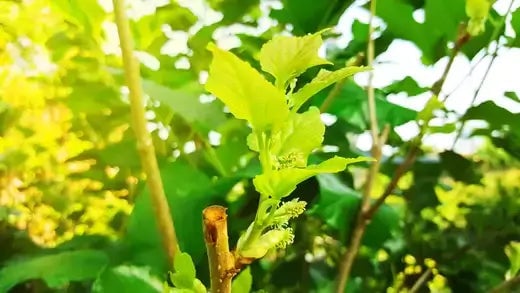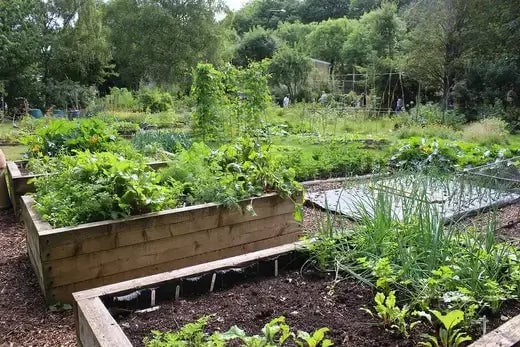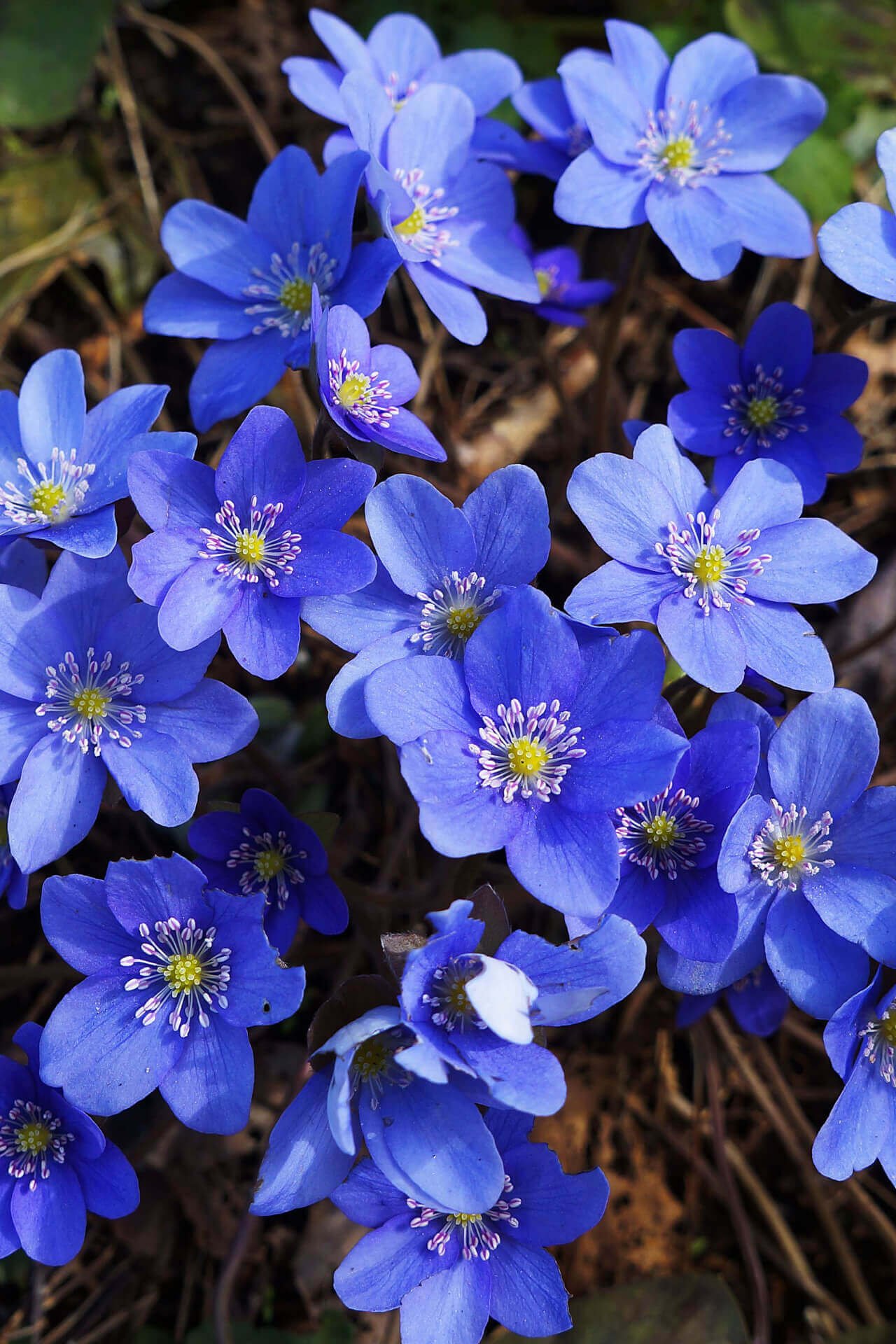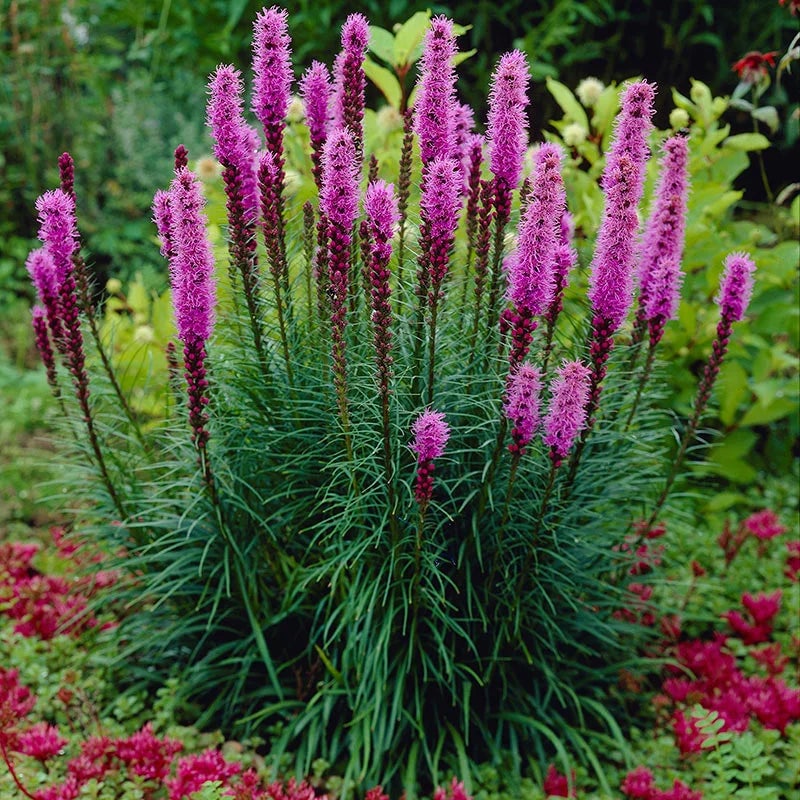When you want to relax in your garden, planning next year's activities, remember the five areas to consider as described below:
1. The overall maintenance needed or desired. One must not become a slave to their garden but instead the master. A decision at this point of your garden planning determines the steps necessary to achieve your high or low-maintenance garden/landscape objective.
2. Pest Control is one of my minor favorite parts of gardening because it puts one into a position of having to decide whether to control pests by using natural predators or harsh chemical sprays. I hate using harsh chemicals in my garden, and the many suggestions derived from 'old wives tales,' etc., are not that successful at best. The most successful I have encountered in controlling pests are natural predators such as ladybugs or praying mantes. Birds are also helpful. However, they can be a two-edged sword; they control the pests and later become a nuisance.
3. If you are starting in a bare landscape/garden, now is the time to make the proper selection of plants and their needs for water, sunlight, or shade. For example, you would not mix plants that require extensive watering with those that thrive in an arid climate. Also, consider them invasive species; if so, how can one control them? Another aspect of plant selection is the compatibility of the plants with one another. A little tip that will save heartache in the future check plant allelopathy for guidance to plant compatibility.
TN Nursery offers descriptions and care requirements for our bare root plants and trees.
4. How often have you heard the adage, healthy soil, healthy plants? Healthy plants are less prone to diseases, attract fewer insect pests, and require less water to maintain their health status. What does that mean to you, the gardener, FEED THE SOIL? Has your soil checked for nutrients or just the pH? Many of your local nurseries perform these services. The test results will reveal what minerals or nutrients your soil is lacking, and these missing items are amended to your soil. To keep your soil healthy, adding organic compost on a regular schedule is a simple matter. When adding nutrients to your soil, make sure to use organic fertilizers instead of synthetic fertilizers, which can destroy the beneficial organisms and organic matter within the soil.
5. Remember, remember only try to use organic fertilizers. Synthetic fertilizers are only a quick fix, and your garden will start needing them regularly. It becomes addicted, requiring more and more as time goes on.
These areas I consider a significant element requiring good planning to develop or maintain a garden/landscape that is easy to maintain, offering more significant moments of tranquility to enjoy the fruits of one's labor.
I find it fascinating to watch a seedling take birth, break through the soil, and eventually become a mature plant giving us many enjoyable moments in life.
Source of Information and to Buy Plants for Easy Gardening: https://www.tnnursery.net
Read more

Founded in 1946 by Roscoe Tate, TN Nursery has been around for a very long time serving its customers. This strong dedication has helped TN Nursery grow into one of the giant tree and plant nurser...

The fruitless 'mulberry was not fruitless originally. It is a product of much time, energy, knowledge, and hard work.The tree from which it was derived was not even a native to our country. Our nat...




